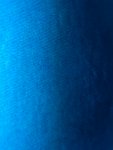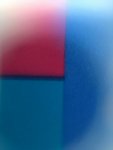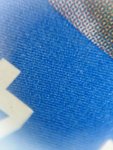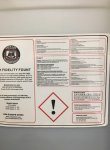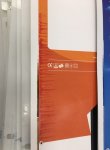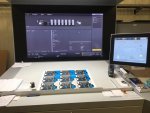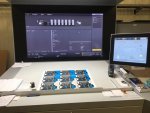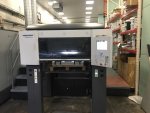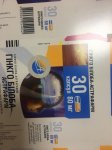I don't know how much help I can be to you but I will give you a list of simple things to check. When I say double hit when running PMS spot color jobs I meant one plate solid and the other plate 50% screen on 2 units. This helps with color matching and ink laying flat and smooth on press sheet. This is because pantone spot color inks are not formulated to run on anilox roller. I would check your ink chamber blades. Are they installed correctly, not backwards, upside down etc. Refer to your operators manual that they are installed correctly in regards to blade bevel etc. Check your roller stripe from anilox roller to your ink form roller. On my press this stripe is approx 6-7 mm in the middle tapering to 5mm on the ends. Also check your ink form stripe to the plate. These 2 stripe settings have gone out of adjustment on my press a couple of times. Heidelberg has to come in and reset these as they do not want untrained personnel to touch them. Pull out all rollers in affected unit and start over by setting all adjustments very light and increasing to desired roller stripe setting according to your press manual. Make sure you reinstall rollers and check stripes in the correct order to operator manual instructions. Check stripes to plate again. I don't know how many rubber rollers you have but on my press I only have 4 per unit. 2 rollers are rider rollers that are tension by spring so there is no setting for them. That only leaves 2 rollers to set. Many times I have found that my problems can be fixed by checking and resetting these rollers and it only takes a few minutes. Good Luck!




